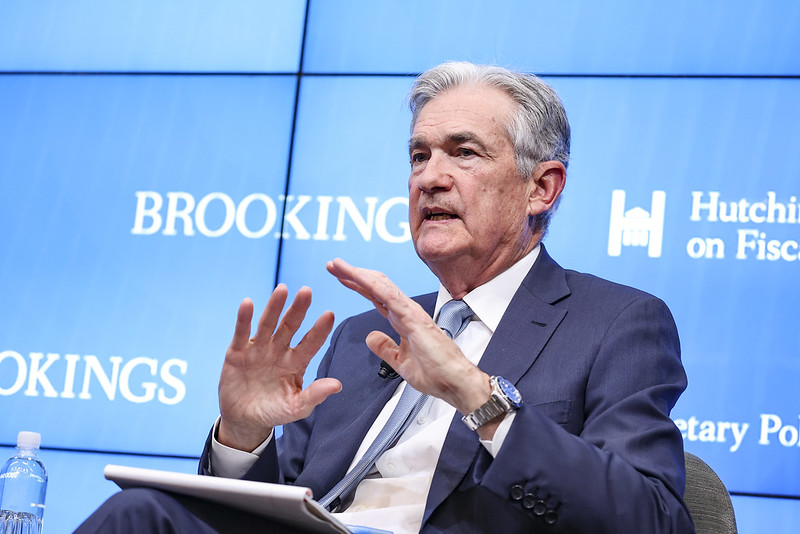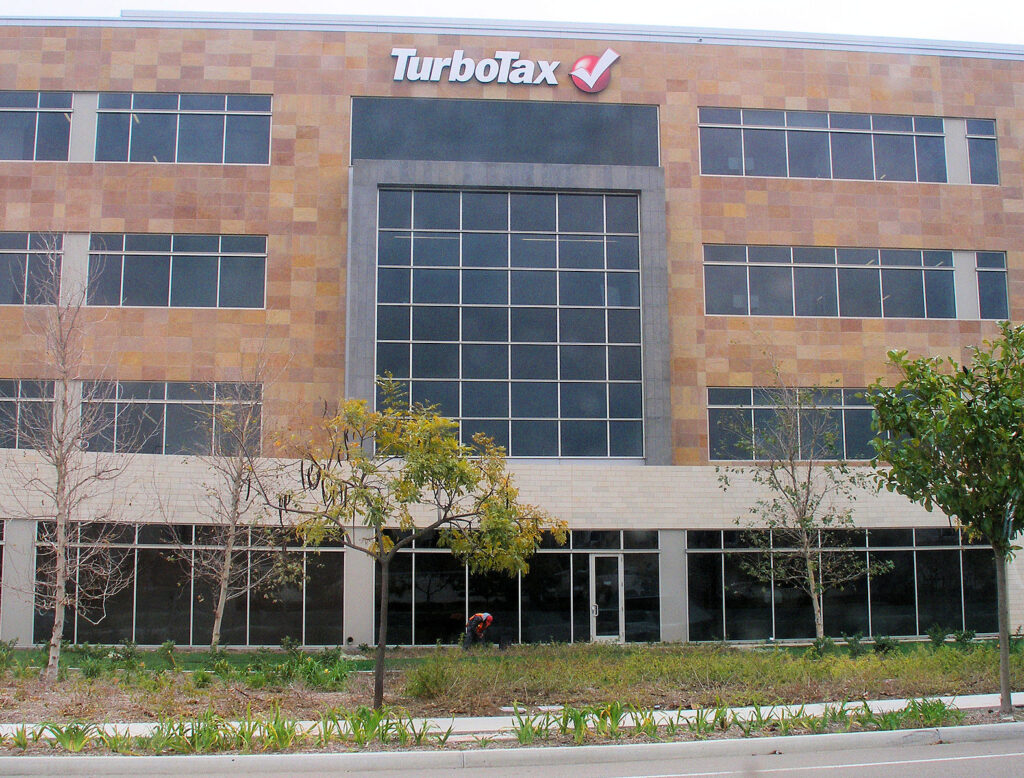So you’ve been crushing it on the savings front, high-fiving yourself every time your 401(k) balance ticks up another zero. You’ve pictured yourself sipping margaritas on some sunny beach, bragging to your grandkids about how a cool million made you a retiree extraordinaire. But hold up—retirement is a sneaky beast, and it’s full of plot twists that’ll leave you wondering if you should have held onto that side gig forever. Before you uncork the champagne, let’s unpack 14 realities that can turn your dream nest egg into a “nest maybe” if you’re not ready.
1. Unexpected Healthcare Costs

You might think Medicare has your back, but in reality, it’s more like a bandaid on a broken leg. According to an eye-opening piece in New York Life, retirees often underestimate out-of-pocket health expenses by tens of thousands of dollars—think dental cleanings, vision exams, and the occasional ambulance ride. Over a 20-year retirement, even modest premiums and deductibles can stack up to six figures, making that million look more like 800K in spendable cash.
And don’t forget long-term care: a private room in a nursing home can run north of $100,000 per year. Couple that with inflation nibbling away at your savings, and suddenly your supposed “safe” bucket of cash feels more like a leaky bucket. Unless you factor in those surprise medical line items, your retirement plan could need a serious tune-up.
2. Inflation Erodes Purchasing Power

Inflation isn’t just an annoying buzzword; it’s the silent thief that steals your buying power every time you swipe your debit card. A recent Bloomberg survey found that Americans now believe they need $1.5 million to retire comfortably—up almost 60% since 2020—largely because prices for groceries, gas, and rents keep sprinting ahead of pay raises. If your plan assumes today’s prices will stay flat, brace yourself: groceries cost nearly 20% more than they did five years ago.
Even modest annual inflation of 3% will halve your spending power in under 25 years. That means a $50,000/year lifestyle in 2025 will feel like $100,000/year by 2048. If you’re not indexing your withdrawals or investments to keep pace, that million-dollar cushion could shrink to match the envy-inducing half-million retirees had back in 2000.
3. Longevity Risk—You Might Live MUCH Longer

Financial planning often uses “average life expectancy,” but averages lie—you could easily outlive projections by a decade or more. As noted by Teresa Ghilarducci in the Wall Street Journal, people are living healthier, longer lives, which means your 30-year nest egg needs to cover maybe 40 years of living expenses.
And if you retire early, that window stretches even further—retiring at 55 instead of 65 adds a whole decade of costs. Those extra years mean more rent or mortgage payments, utilities, groceries, and doctor’s visits. Unless you’re factoring in a 40-plus-year retirement horizon, you’re playing a dangerous game of financial chicken.
4. Regional Cost-of-Living Variations

A million bucks in, say, Dallas—or Boise—goes a lot further than that same million in San Francisco or Manhattan. According to a recent MarketWatch report, Hawaii retirees could burn through $1 million in under 10 years, while those in West Virginia might stretch it to over 20.
Housing, state taxes, and local healthcare rates are all over the map. If you’re not ready to pack up and chase lower costs, you could see your timeline to financial freedom get cut in half. Mapping out your post-work home base isn’t just a bucket-list chore—it’s a survival strategy for your savings.
5. Market Volatility and Sequence-of-Returns Risk

Your portfolio isn’t a vending machine—you can’t guarantee you’ll get the same snack every time you push the button. The “4% rule” assumes steady returns, but history shows markets can tank 30–40% in a single year. Per Investopedia, drawing down during those downturns can permanently erode your principal, making recovery painfully slow.
If your first few years in retirement coincide with a bear market, your withdrawal percentage effectively spikes—and that can trigger a portfolio death spiral. Without strategies like bucketing or dynamic withdrawal rates, market plunges could wreck your dream retirement spending plan.
6. Social Security Won’t Cut as Much

Listen, Social Security feels like a security blanket, but it’s more like a scratchy throw—you get some warmth, but it doesn’t cover everything. The monthly checks might seem like free money, but Congress can tweak benefits or eligibility ages, and you’ve got zero control over that. Even if you wait until full retirement age, you’re looking at replacing only about 30–40% of your pre-retirement income. Plus, claiming early comes with permanent reductions that can shave off hundreds each month.
And here’s the kicker: if the trust fund runs dry, benefit cuts could kick in, meaning you might need to scramble for extra income in your seventies. Relying on Social Security as a cornerstone of your spending plan is like building a house on jelly—shaky at best. It’s a safety net, sure, but you’ll want a backup plan so you’re not high-tailing it back to the 9-to-5 world. Treat those checks as a bonus, not your bread and butter. Ultimately, your retirement feels a lot safer when Social Security is gravy instead of the main course.
7. Taxes on Withdrawals Bite Harder

You might dream of tax-free champagne showers, but your retirement accounts are more like confetti poppers—fun until the tax man shows up. Traditional 401(k)s and IRAs come with a big “tax later” sticker, and when you start pulling out those dollars, you could land in a higher bracket than you anticipated. Even Roth IRAs have contribution limits, and if you miscalculate, you’ll owe penalties on early withdrawals.
State taxes throw another wrench into the works, since not every golden state is as generous as it sounds—and some states tax retiree income like it’s a piggy bank. Don’t forget capital gains taxes on your investment sales, which can chip away at your cozy cushion. A withdrawal strategy without tax-smart planning is like going to Vegas and betting on red every time. You’ll want to mix taxable, tax-deferred, and tax-free buckets for a smoother withdrawal glidepath. Balancing your distributions can mean the difference between cruising and doing the financial limbo under tax burdens.
8. Home Maintenance and Surprise Repairs

Your house is both an asset and a money pit—a glorious, leaky money pit. Roofs don’t last forever, and when yours gives up the ghost, you’re staring down a $10,000+ tab for new shingles. Then there’s the HVAC unit, the plumbing that mysteriously clogs at midnight, and the landscaping that expects a paycheck for looking decent.
And don’t even get me started on pests—termite damage can cost more than a weekend in Vegas, and insurance won’t always foot that bill. Setting aside a “home fund” isn’t optional; it’s like wearing seat belts in your budget. If you ignore routine maintenance, tiny creaks and drips turn into financial sinkholes faster than you can say “urgent repair.” This isn’t a throwaway line—it’s a reality check for anyone counting on a million to handle every surprise life throws at their front door.
9. Downsizing Isn’t Always as Easy as It Sounds

The idea of trading a McMansion for a cozy bungalow and extra cash sounds like a plot twist from a feel-good movie—but real life is messier. You’ve got emotional ties to the place where your dog learned to bark and your first plant died. The housing market might not cooperate either; you could list high and sell low or face months of double mortgage payments.
Then there are transaction costs—real estate agent commissions, closing fees, staging expenses—it all adds up to a hefty exit tax. Even if you nail the timing, the new place might need renovations or come with surprise HOA fees. You might end up in a smaller space that still costs an arm and a leg. Downsizing requires a master plan, not just a vision board. Otherwise, you could trade one set of headaches for another, and your million-dollar move might feel more like a financial backflip.
10. Lifestyle Creep Even in Retirement

You swear you’ll live on peanut butter sandwiches and Netflix, but three years in, you’re subscribed to gourmet meal kits, luxury cruises, and that Peloton you swore was a fad. Retirement lifestyle creep is real: as social media feeds flaunt retirees living their best lives, you’ll want a slice of that influencer pie. Suddenly your “frugal Fridays” are late-night happy hours and spa weekends.
The problem is, expenses that start as treats can become habits faster than you can say “retirement goals.” If you don’t set clear budget boundaries, your flexible spending morphs into a money-hungry monster. You’ll need to plan for discretionary fun, not just bare-bones survival. That way, you indulge guilt-free without derailing your nest egg. A retirement budget without wiggle room is like a garden without water—nothing good will grow.
11. Family Obligations Can Pull You Off Course

You’re not just retiring for yourself—your adult kids might expect tuition help, and grandkids will lobby for sweet birthday spoils. Before you know it, you’re funding college funds, weddings, and the occasional down payment on their starter homes. These love taxes can surprise you, especially when you thought you’d be passing the gravy boat, not the money bin.
Then there’s eldercare for your own folks—suddenly, you’re juggling doctor appointments and home health aides on top of your relaxation agenda. A million can sound generous until you’re writing checks for braces, recitals, or in-home nursing care. Clear boundaries and an “allowance” plan are non-negotiable if you want to stick to your own retirement roadmap. Plan for periodic family support, not open-ended bailouts.
12. The Cost of Fun: Travel, Hobbies, and Grandkids

Dreaming of European road trips, backcountry hikes, or beachfront yoga retreats? Those wanderlust vibes come with airfare spikes, exchange rate headaches, and “resort fees” that sneak up on you. And hobbies—whether it’s golf club memberships or a painting studio—you’ll budget for paint cans, green fees, or instructor rates.
Then sprinkle in grandkid vacations: Disney tickets, theme park snacks, and Uber rides that cost more than a mortgage payment. Your “fun fund” can evaporate quicker than ice cream on a hot summer day. If you don’t set aside a dedicated travel and hobbies stash, you’ll either stay home or raide your essential expenses. A well-planned recreation budget keeps the fun rolling without sinking your financial ship.
13. Inflation in Healthcare and Elder Services

Healthcare inflation is the boss level nobody warns you about, outpacing general inflation by a mile. Home care aides, adult day programs, and assisted-living facilities all increase rates year after year—sometimes by double digits. That annual cost-of-living adjustment on your pension or Social Security might not cover these spikes.
Long-term care insurance is one answer, but policies can be pricey and complex, with coverage limits that leave you holding the bag. If you skip it, you gamble on either depleting savings or leaning on family for free labor. Neither scenario is a slam dunk. To truly cover your bases, you’ll need to forecast elder services inflation and maybe even negotiate waitlists at affordable care facilities. Ignoring this is like playing Jenga with your savings—eventually everything comes crashing down.
14. Estate Planning and Legacy Expenses

Passing on your legacy isn’t just writing a will on a napkin—it involves estate taxes, probate fees, trust administrations, and maybe even charitable bequests. Legal fees can eat up thousands, and if you have multiple properties or complex investments, your attorney bills will climb faster than your grandkids’ tuition.
Without proper planning, your heirs might inherit paperwork nightmares instead of cherished memories and assets. You’ll want to set up trusts, designate beneficiaries correctly, and occasionally update documents as laws and family situations evolve. And don’t forget executor compensation; someone has to do the paperwork, and they deserve a cut. Estate planning is the last chapter of your financial story—write it carefully so your million-dollar dream doesn’t become your family’s puzzle.
This article is for informational purposes only and should not be construed as financial advice. Consult a financial professional before making investment or other financial decisions. The author and publisher make no warranties of any kind.









